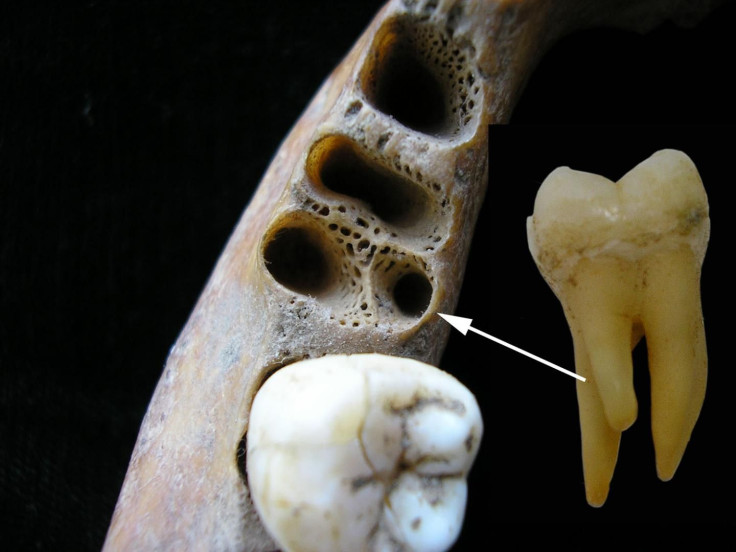Denisovan Molar From China Shows Homo Sapiens Mated With Archaic Humans In Asia
A 160,000-year-old archaic human molar fossil unearthed in China provides the first morphological evidence of interbreeding between archaic humans and Homon sapiens in Asia.
In a new study published in the journal Proceedings of the National Academy of Sciences on July 8, researchers reported that the Denisovan hemimandible discovered in Xiahe, China features an interesting dental feature: a three-rooted lower second molar.
Study researchers said that this is a rare trait primarily found in modern Asians. This trait was previously believed to have evolved after the Homo sapiens dispersed from Africa, but the new research suggests a different evolutionary path.
“The trait’s presence in the fossil suggests both that it is older than previously understood and that some modern Asian groups obtained the trait through interbreeding with a sister group of Neanderthals, the Denisovans,” study researcher Shara Bailey, a professor of anthropology at New York University, explained.

The study provides another evidence suggesting that modern humans mated with archaic humans.
“The 3RM is an Asian-derived character that we can definitively trace to Denisovans. Thus, we now have very clear evidence that gene flow between archaic groups and H. sapiens resulted in the transfer of identifiable morphological features. T,” Bailey and colleagues wrote in their study.
A growing number of research studies have shown that homo sapiens interbred with archaic humans, particularly the Denisovans and Neanderthals, distinct distant relatives of the modern humans.
These now-extinct species evolved along a separate branch of the evolutionary tree that split off from our common ancestor. The Denisovans lived in East Asia, while the Neanderthals lived in West Asia and Europe.
As a result of interbreeding between our human ancestors and archaic humans, many Europeans and Asians today have about 2 percent of Neanderthal DNA in their genome. Studies also suggest that the ancient trysts had lasting effects on modern humans.
A 2016 study published in the American Journal of Human Genetics showed that the interbreeding that occurred between modern humans and Neanderthals in Europe left humans with gene variations that boosted their ability to ward off infection. The inherited genes from the Neanderthals may have also made some people more vulnerable to allergies.
© Copyright IBTimes 2024. All rights reserved.





















